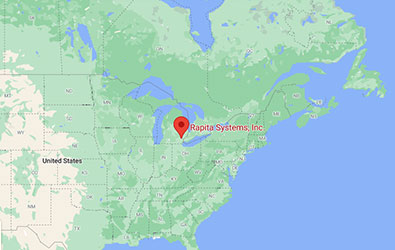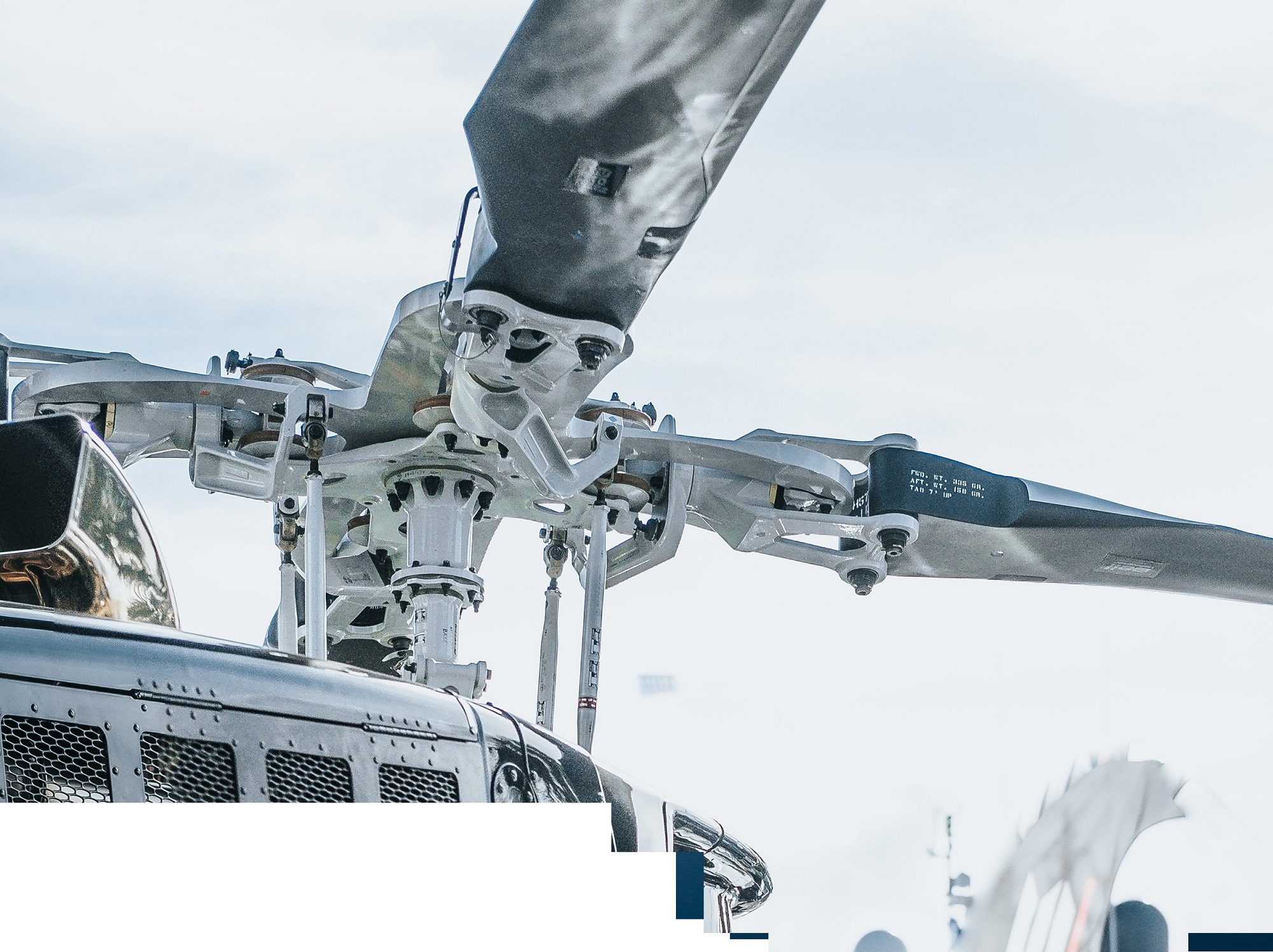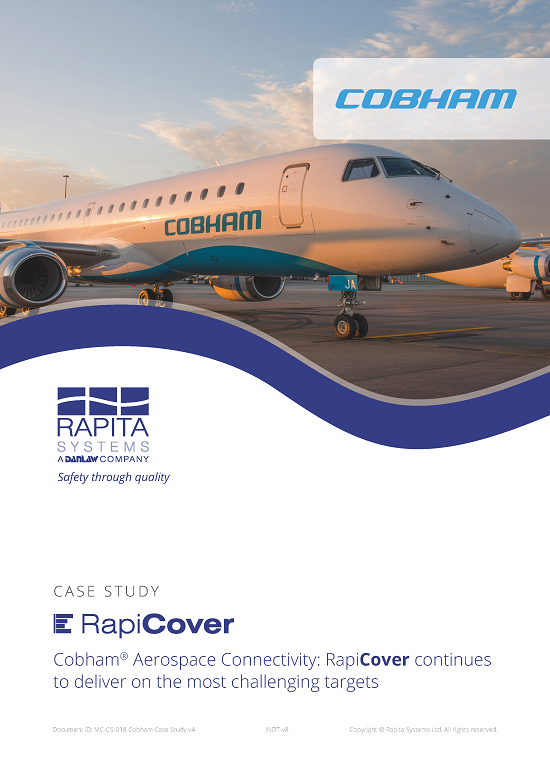Triumph Integrated Systems, a business unit of the Triumph Group Inc.®, provides custom integrated systems such as actuators, gearboxes and flight controls to the global aerospace market.
Rapita was contracted by Triumph to perform verification and validation of their DO-178C DAL A software, which is being developed for multiple actuation systems as part of a technology demonstration program for a US customer.
Summary
The challenge
- Provide V&V evidence for DO-178C Level A software with multiple build variants configurable at compile-time.
The solution
- Verification and validation activities performed by specialist test engineers and supported by the use of RapiTest and RapiCover to provide certification evidence.
The benefits
- A high-quality service delivered to meet the customer’s schedule and budget requirements.
The challenge
The DO-178C DAL A project involved testing several distinct pieces of application software (each with multiple build variants, configurable at compile-time) and a common core layer, comprising an RTOS, board support package, library routines and device drivers.
The software was primarily written in C and C++ and included some components written in assembler. All of the software needed to be tested on an embedded target.
The project was “time-is-of-the-essence”. It took place in parallel with development, while the software and requirements were changing periodically.
The solution
Rapita provided Triumph with a high-quality, cost-effective solution for software testing and produced clear evidence to meet DO-178C objectives.
V&V activities were performed by teams working at Rapita’s headquarters in the UK and Danlaw’s offices in Michigan (for OPSEC classified parts of the project). This was supplemented by our engineers working at Triumph’s site in the US to support system-level testing activities.
The RVS tools RapiTest and RapiCover were used to automate testing processes to meet DO-178C objectives:
- RapiTest automatically generated and applied functional tests, checked that test results were correct, and verified functional correctness of the source code as described by its requirements
- RapiCover provided evidence that DO-178C DAL A structural code coverage objectives were met, including 100% modified condition/decision coverage (MC/DC)
In addition to those supported by RVS tools, the following activities were performed:
- Specifying the software test process in accordance with DO-178C objectives
- Setting up an automated test framework for use on the software’s embedded target
- Reviewing high and low-level requirements and software design.
- Writing software requirements
- Generating and reviewing test cases and procedures
- Manually inspecting code (critical code sections and assembler)
- Raising and supporting the resolution of software problem reports
- Producing a target-specific tool qualification kit for RapiTest
The benefits
Rapita’s involvement contributed to a reduction in the program risk and the time and testing effort needed to satisfy certification objectives.
- Requirements review led to improved quality of requirements and a reduction in their number, saving testing effort.
- Efficient test management and traceability enabled rapid regression testing and test rework when new software and requirement revisions were released, keeping the project on track.
- RapiTest reduced the effort needed to write and run functional tests, analyze results and link tests with their requirements for easier project management and regression testing.
- RapiCover collected and reported coverage of the source code achieved during functional tests, and made it possible to automatically merge coverage from separate tests into a combined report, demonstrating 100% coverage.

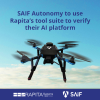 SAIF Autonomy to use RVS to verify their groundbreaking AI platform
SAIF Autonomy to use RVS to verify their groundbreaking AI platform
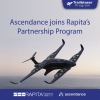 Hybrid electric pioneers, Ascendance, join Rapita Systems Trailblazer Partnership Program
Hybrid electric pioneers, Ascendance, join Rapita Systems Trailblazer Partnership Program
 Magline joins Rapita Trailblazer Partnership Program to support DO-178 Certification
Magline joins Rapita Trailblazer Partnership Program to support DO-178 Certification
 How to certify multicore processors - what is everyone asking?
How to certify multicore processors - what is everyone asking?
 Data Coupling Basics in DO-178C
Data Coupling Basics in DO-178C
 Control Coupling Basics in DO-178C
Control Coupling Basics in DO-178C
 Components in Data Coupling and Control Coupling
Components in Data Coupling and Control Coupling
 DO-278A Guidance: Introduction to RTCA DO-278 approval
DO-278A Guidance: Introduction to RTCA DO-278 approval
 ISO 26262
ISO 26262
 Data Coupling & Control Coupling
Data Coupling & Control Coupling
 Verifying additional code for DO-178C
Verifying additional code for DO-178C
 DO-178C Multicore In-person Training (Bristol)
DO-178C Multicore In-person Training (Bristol)
 XPONENTIAL 2025
XPONENTIAL 2025
 Avionics and Testing Innovations 2025
Avionics and Testing Innovations 2025
 DO-178C Multicore In-person Training (Fort Worth, TX)
DO-178C Multicore In-person Training (Fort Worth, TX)










